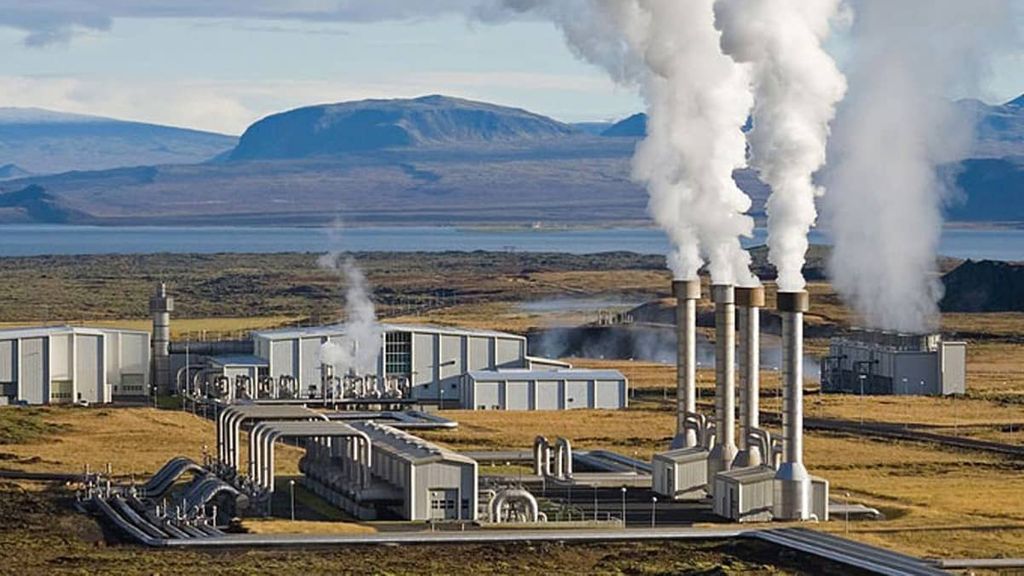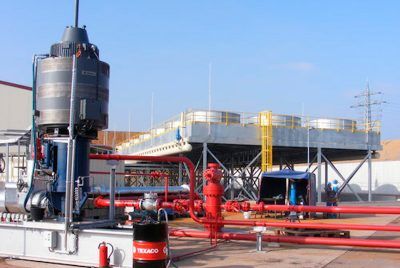Environmental Impacts Of Geothermal Power
Apr 08, 2019 • 24 views
Whenever the protest against non-renewable sources, we show renewable sources as solution. But are renewable sources free from environmental impact? Geothermal plants differ in terms of technology they use to convert the resource to electricity and the type of cooling technology they use. Environmental impacts change with respect to this difference.

Regarding water use, hot water pumped from underground reservoirs often contain high levels of sulphur, salt and other minerals. Most geothermal facilities have closed loop water systems in which extracted water is pumped back into geothermal reservoir itself after use. Depending on the cooling technology used, geothermal plants can require between 1700 and 4000 gallons of water per megawatt-hour. However, most plants can use geothermal fluid or freshwater for cooling.
The use of geothermal fluids rather than freshwater reduces the overall impact on water use. Also, most geothermal plants re-inject water into reservoir itself after use to prevent contamination and land pollution.

The distinction between open and closed-loop systems is important with respect to air emissions. In closed-loop systems, gases removed from the well are not exposed to the atmosphere and are injected back into the ground. So, air emissions are minimal. In short, open-loop systems emit hydrogen sulphide, carbon dioxide, ammonia, methane and boron.
Once in the atmosphere, hydrogen sulphide changes into sulphur dioxide (SO2). This can cause heart and lung diseases. Sulphur dioxide also causes acid rain, which damages crops, forests, soil, lakes and streams. However, SO2 emissions from geothermal plants are approximately 30 times lower per megawatt-hour than from coal plants, which is the nation’s largest SO2 source.
Some geothermal plants also produce small amounts of mercury emissions, which must be mitigated using mercury filter technology. Scrubbers can reduce air emissions, but they produce a watery sludge composed of the captured materials, including sulphur, vanadium, silica compounds, chlorides, arsenic, mercury, nickel, and other heavy metals. This toxic sludge is often disposed at hazardous waste sites.
The Geysers, the largest geothermal plant in the world, has approximately 13 acres per megawatt regarding land use. Land subsidence, a phenomenon in which the land surface sinks, is often caused by the removal of water from geothermal reservoirs.
In open-loop geothermal systems, approximately 10 percent of the air emissions are carbon dioxide and methane. Estimates of global warming emissions for open-loop systems are approximately 0.1 pounds of carbon dioxide equivalent per kilowatt-hour.
In closed-loop systems, these gases are not released into the atmosphere, but there are a still some emissions associated with plant construction and surrounding infrastructure.

Enhanced geothermal systems, which require energy to drill and pump water into hot rock reservoirs, have life-cycle global warming emission of approximately 0.2 pounds of carbon dioxide equivalent per kilowatt-hour.
Although geothermal energy is a powerful renewable source, emissions from them have huge impact on environment. Technologies must be developed to mitigate the same.
